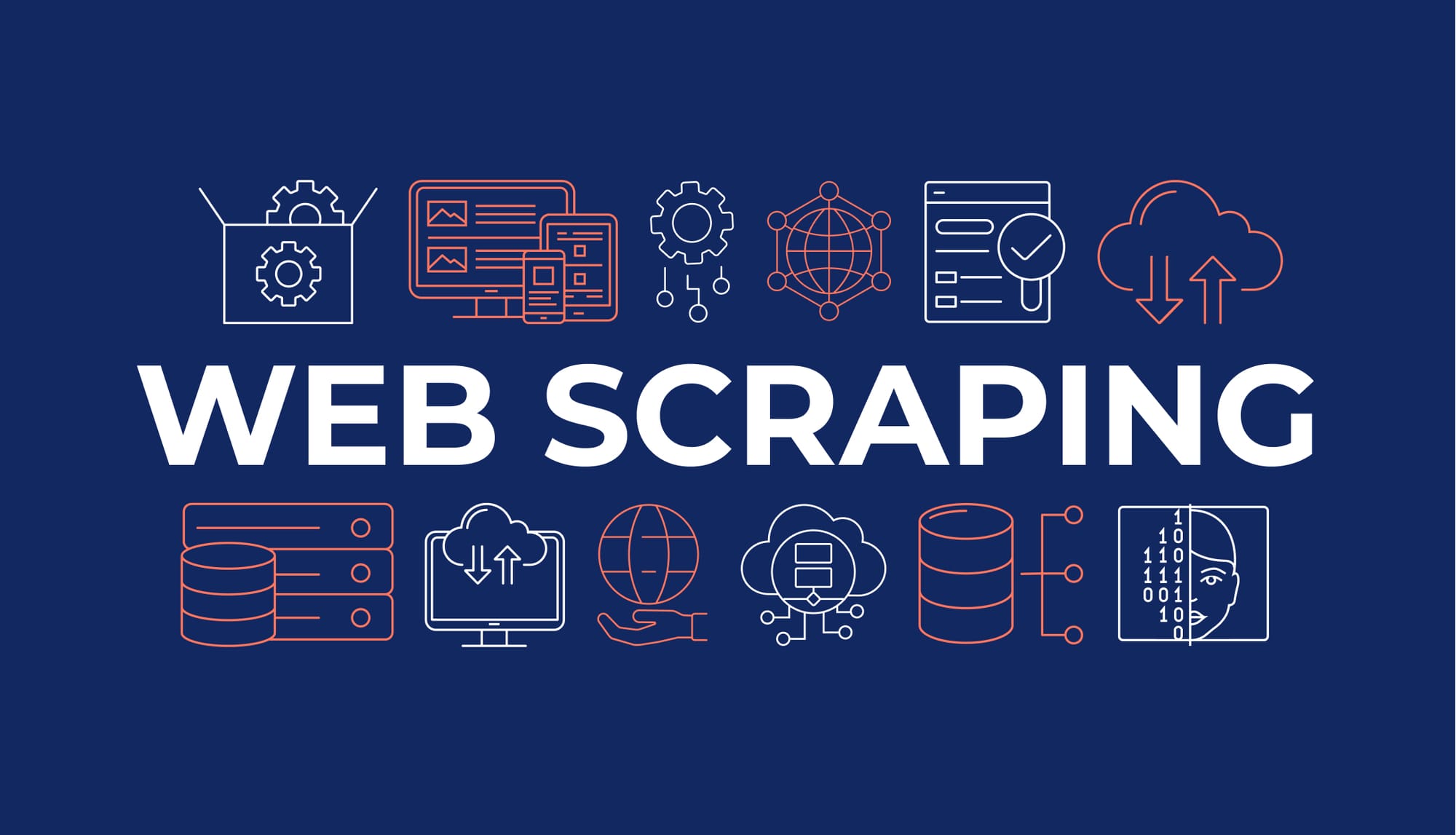API-First Web Scraping at Scale: Legality, SERP APIs, and Anti-Bot Design

Web scraping has evolved. In 2025, organizations aren't asking if they should scrape they're asking how to do it compliantly, reliably, and at scale. Whether you're building a search intelligence system, price monitor, or social sentiment engine, choosing the right architecture can make or break your project.
In this article, we’ll break down the modern scraping landscape, focusing on legality, infrastructure design, SERP scraping APIs, and how to choose the best setup for your use case.
For a more hands-on breakdown, check our related guide on automated data extraction workflows.
Why an API-First Approach
Today's web isn't made for scraping. Sites use anti-bot systems like Cloudflare, JavaScript rendering, and IP blocking to stop automated access. This means traditional scraping (curl + regex) just doesn't cut it anymore.
An API-first strategy gives your team flexibility, scale, and cleaner integration. Whether you build your own headless pool or integrate a third-party SERP API, the key is understanding the trade-offs.
DIY vs SERP API vs Full Provider: The Decision Matrix
| Option | Pros | Cons |
|---|---|---|
| DIY Scraper (Self-hosted) | Full control, lower per-request cost, flexible tuning | High maintenance, fragile, compliance risk |
| SERP Scraping API | Fast to integrate, scalable, handles anti-bot tech | Monthly costs, vendor lock-in |
| Full Data Provider | Enriched results, legal protection, support included | High cost, less flexibility, data freshness risk |
Want to avoid building from scratch? We recommend starting with a proxy-powered scraping API provider that handles infrastructure, fingerprinting, and legal overhead.
Legality and Compliance
Scraping isn't illegal, but how you scrape matters. Here’s a quick legal primer:
robots.txt: Not legally binding in most jurisdictions, but ignoring it can be used against you
Terms of Service (ToS): Breaching ToS can expose you to lawsuits especially in the US
GDPR/CCPA: If personal data is collected, you must be fully compliant
Jurisdiction: Where your scraper runs and where the target server is hosted both matter
Need guidance on navigating compliance? Scalevise offers architecture audits tailored to scraping projects.
Proxy Infrastructure: Residential vs Datacenter
Your IP strategy determines your scraping survivability.
Datacenter Proxies: Fast and cheap, but easily flagged. Ideal for low-risk targets
Residential Proxies: Harder to detect but expensive. Needed for SERPs, social media, marketplaces
Mobile Proxies: Rare, costly, often unnecessary unless targeting platforms like Instagram or Facebook
Curious how to leverage proxies without reinventing the wheel? Read our full guide on scraping smarter with automation and proxy orchestration
Anti-Bot Design: Modern Scraper Challenges
It’s not just about IPs anymore. Here’s what real-world scraping infrastructure must handle:
Fingerprinting Protection
Websites detect headless browsers using canvas fingerprinting, font detection, WebRTC leaks, and navigator object anomalies. Use stealth plugins and rotate browser fingerprints often.
Pool Sizing and Scaling
How many concurrent headless browsers you run (Chromium, Playwright, Puppeteer) matters. Too small and your throughput suffers. Too large and you'll trigger bans or throttling. A smart load balancer with dynamic scaling based on response codes is critical.
Backpressure Handling
Sites throttle or delay responses when overloaded. Your scraper should detect increasing TTFB, unexpected 5xx errors, and patterned delays. Use retry logic and adaptive request pacing.
Deduplication and Cache Strategy
To reduce cost and noise, deduplicate requests by hashing URLs or POST bodies, cache frequent responses for 5 to 10 minutes, and scrape only deltas or incremental updates.
When to Use a SERP Scraping API
SERP scraping is a unique challenge.
Google: Constantly changing HTML, aggressive IP bans, and location-sensitive results
Other Engines: Bing, DuckDuckGo, and Yandex offer different markup and are sometimes easier to scrape
Want a shortcut? Try a fully-managed SERP scraping API that handles location spoofing, JavaScript rendering, and CAPTCHA resolution.
If you're running competitive intelligence, ad monitoring, or SEO tools, this is often the only viable route.
Facebook, LinkedIn and Other Walled Gardens
Scraping social media presents major legal and technical risks.
Facebook: Requires login, blocks bots, and flags accounts
LinkedIn: Legal risk. Stick to public profiles only
Instagram: APIs are unstable. Use third-party providers or reverse GraphQL endpoints
Never scrape logged-in areas unless your legal team approves it.
Need Help Designing the Right Architecture
Choosing between building your own headless fleet or integrating a third-party API requires deep technical and legal understanding.
Book Your Data Extraction Architecture Workshop
Whether you’re building internally or outsourcing, our experts at Scalevise help you:
Choose the right proxy and scraper model
Stay compliant with GDPR and ToS constraints
Integrate with tools like Make.com and Airtable
Optimize cost per request through caching and deduplication
Schedule your 1:1 scraping strategy session at scalevise.com/contact
If you prefer not to manage infrastructure yourself, try this scraping solution that scales with built-in compliance and proxy handling.
Or explore a plug-and-play data collection platform with less code and more automation via this link
